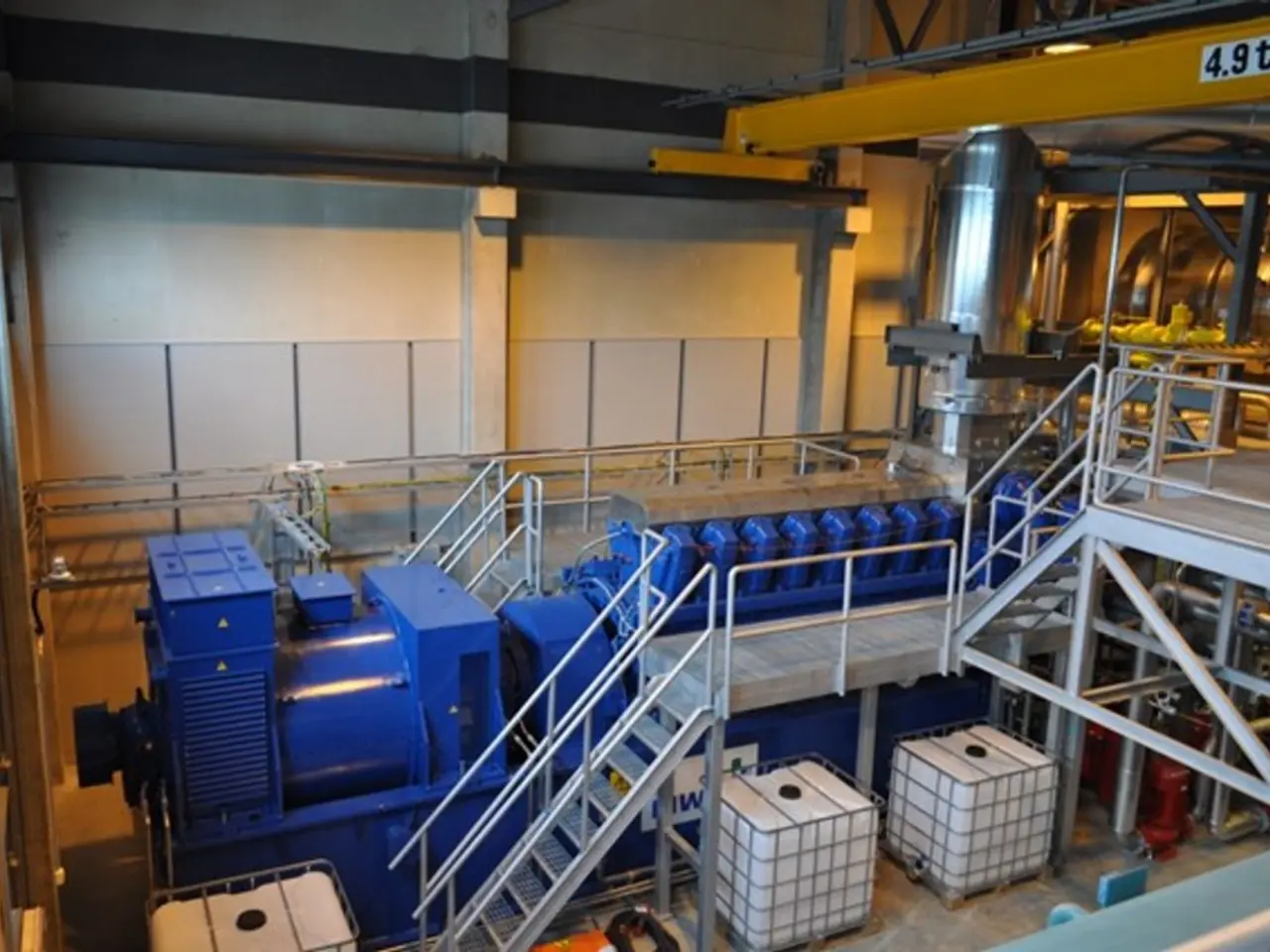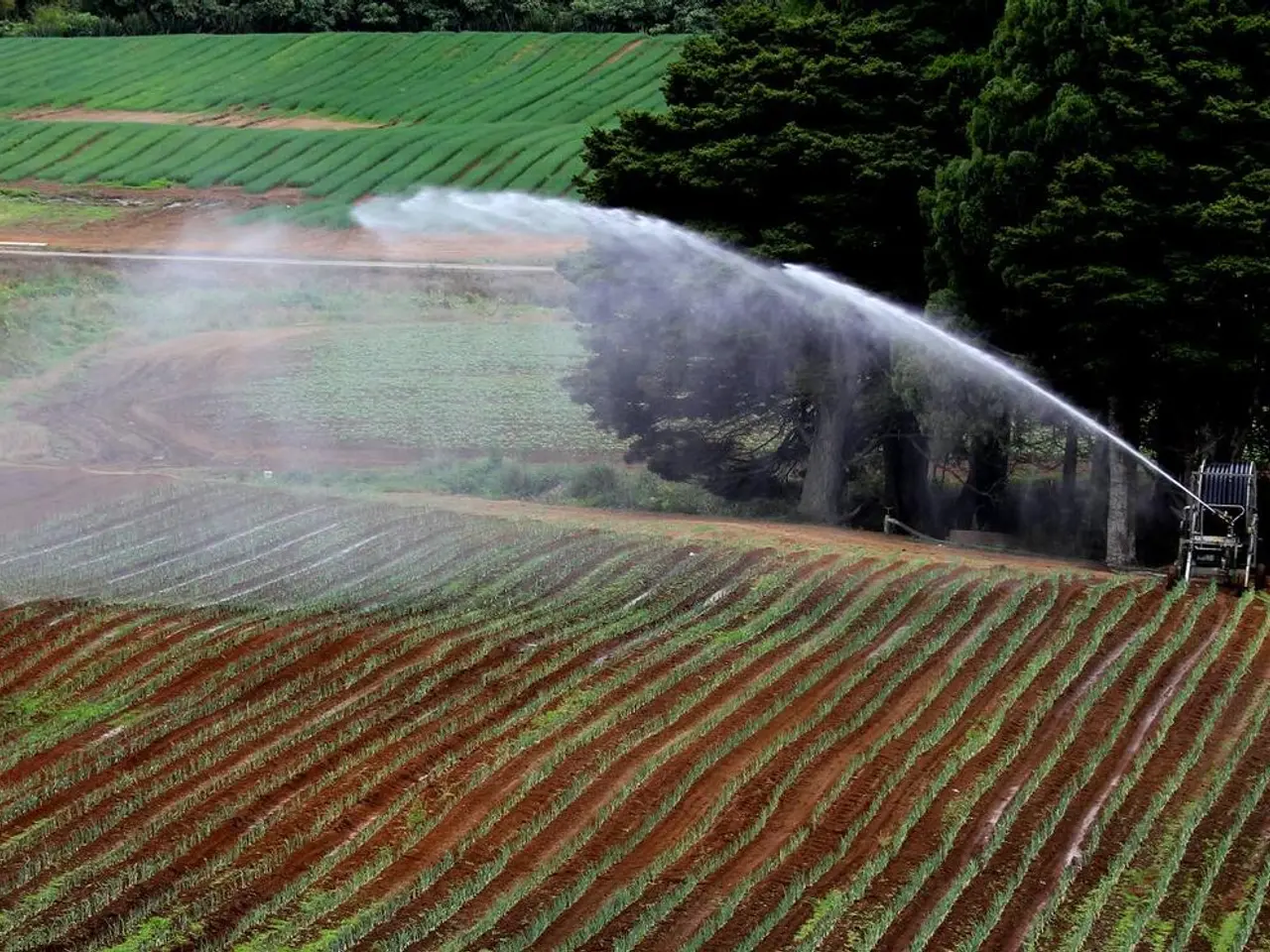Slowing Construction Pace in Vladivostok: Over 30% Decline in Housing Development
The administration of Vladivostok has released its economic monitoring report for the January-May 2025 period, as reported by PrimaMedia. The report indicates a decrease in residential building commissioning in Vladivostok, with a total of 2193 units (-47.6%) commissioned during the period. However, the Primorye Territory as a whole is not threatened by an oversupply of new buildings.
Olga Ivannikova, Deputy Chairman of the Primorye Territory Government, stated that the plan for commissioning multi-apartment buildings is implemented at 43%, and the plan for individual housing construction is ensured at 61%. The Primorye Territory is classified as a "middle" region by the Unified Resource of Developers (ERZ), neither having a shortage nor an excess of apartments in new buildings.
Two regions in the Far East have "quite high" overstocking according to ERZ: Yakutia and the Khabarovsk Territory. In contrast, two regions in the Far East are classified as "middle" by ERZ: Primorye and Sakhalin. This suggests that the housing market dynamics in Vladivostok may not fully represent the entire Primorye market, which can include other areas with stable or growing demand.
The regional government stated that the Primorye Territory is restoring the pace of housing commissioning under the national project "Infrastructure for Life". Despite a slight lag behind the level of 2024 (-13% as of July), the region is in the "green zone" for the housing commissioning indicator of the national project.
The reasons behind Primorye's resilience to oversupply in its real estate market are not directly addressed in the reports. However, typical factors that could explain this include geographic and economic conditions supporting steady housing demand beyond Vladivostok city limits, population trends or migration patterns that maintain housing demand sufficiently high relative to new construction volumes, market absorption capacity where completed properties are quickly sold or rented, preventing inventory build-up, and diverse real estate development across residential, commercial, and other sectors that stabilize the market.
Additionally, the volume of work in the "Construction" category among contracting organizations (excluding small businesses) increased by 4.4% compared to the same period last year. This indicates ongoing activity in the construction sector, which could contribute to the market's stability.
ERZ notes that signs of serious overstocking in the market of apartments in new buildings are present in almost 30 regions, but there are no regions with high overstocking on the Far East. This further supports the observation that the Primorye Territory is not threatened by an oversupply of new buildings.
In conclusion, despite a decrease in residential building commissioning in Vladivostok, the Primorye Territory as a whole is not threatened by an oversupply of new buildings. The reasons behind this resilience are not explicitly explained in the available reports, but typical factors such as geographic and economic conditions, population trends, market absorption capacity, and diverse real estate development are likely contributing factors. Further local economic reports or housing market analyses specific to Primorye and Vladivostok would provide more precise answers.
Investing in the real-estate sector of Primorye Territory, which includes Vladivostok, may still be viable despite a decrease in residential building commissioning in Vladivostok, given the territory's resilience to oversupply based on diverse real estate development, geographic and economic conditions, population trends, market absorption capacity, and steady housing demand in areas beyond Vladivostok city limits.
The ongoing activity in the construction sector, indicated by a 4.4% increase in work volume among contracting organizations (excluding small businesses), could also contribute to the market's stability, making it worthwhile for those interested in financing or investing in the industry.




